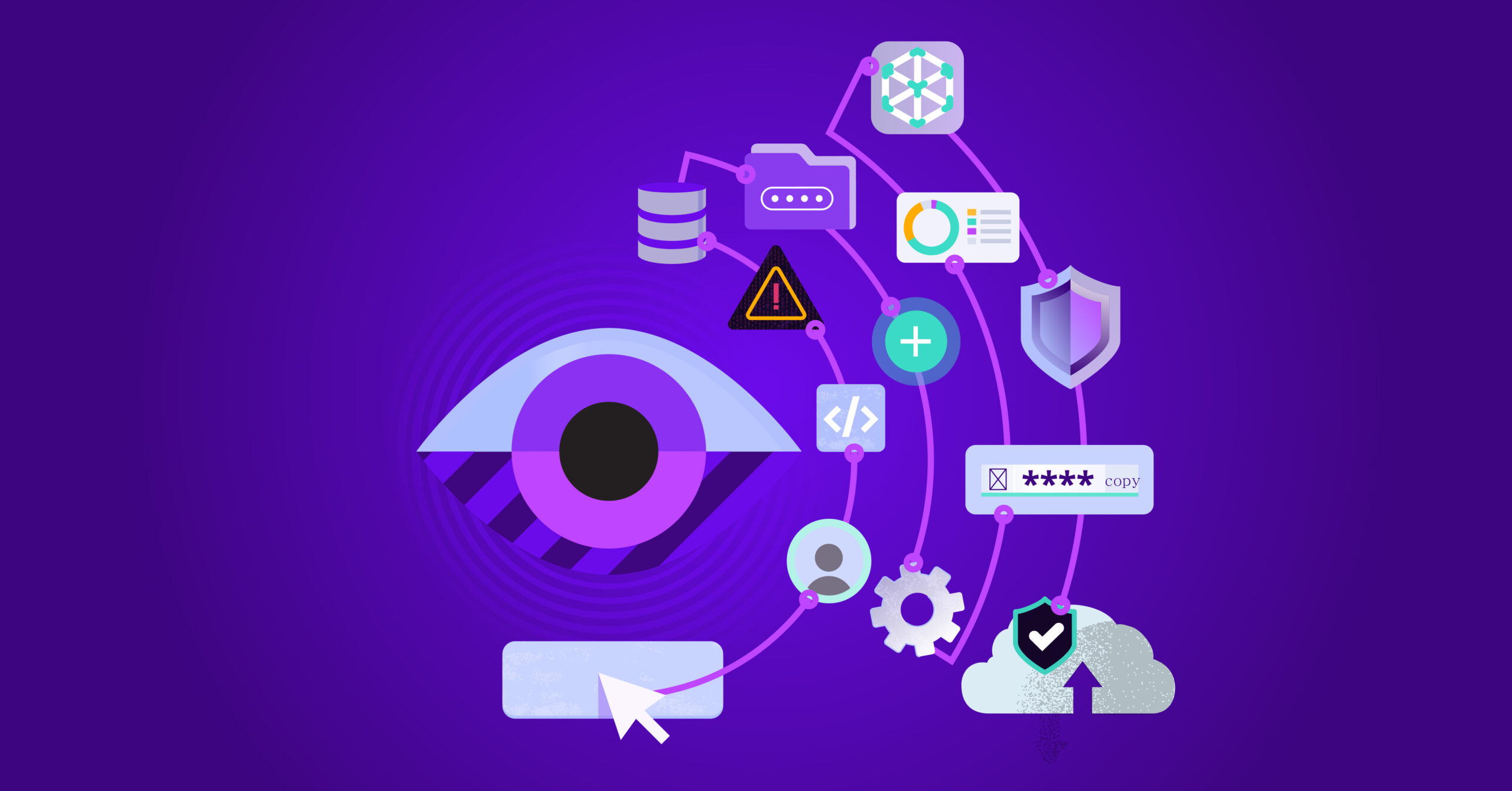EDR vs. XDR
EDR vs. XDR
In corporate networks, endpoints such as desktops, laptops and mobile devices are prime targets for malicious actors. Endpoint security has evolved from traditional antivirus software to provide a comprehensive suite of tools and techniques designed to protect these critical assets. As the volume and sophistication of cyber threats continue to grow, so does the need for more advanced endpoint security solutions.
What is Endpoint Detection and Response (EDR)?
Endpoint Detection and Response records all computer activities and uses advanced analytics to identify unusual behavior among them. Security teams gain visibility into their endpoints and receive alerts on malicious events through EDR tools.
Key features of EDR:
-
Classifies alerts and confirms suspicious endpoint activities,
-
Analyzes large data stores,
-
Detects security events,
-
Generates effective threat intelligence,
-
Generates appropriate and contextually grounded responses to mitigate threats,
-
Provides deep visibility into multiple endpoints, including IoT devices, laptops, desktops, and others.
What is Extended Detection and Response (XDR)?
XDR is an extension of traditional EDR solutions. With this advanced tool, you protect parts of your digital infrastructure, from computers to networks and the cloud. XDR collects information from various sources and uses it to detect attacks and threats. The SOC (Security Operations Center) team analyzes and with the necessary tools, identifies and eliminates threats, and implements protection strategies against them in the future.
Benefits of XDR solution:
-
All in one place: XDR consolidates all your security tools into a single platform, making management and tracking easier.
-
Smarter responses: XDR with adequate tools (like SIEM, NTA) can automatically analyze threats and suggest the best solutions, saving time for your security team.
-
Broader visibility: XDR provides a complete view of your digital infrastructure, allowing you to quickly identify and resolve issues.
-
Faster response: XDR enables automation for many tasks, meaning much faster reaction to threats.
XDR is like an upgraded version of EDR. While EDR primarily protects individual computers, XDR protects your entire network.
How does it help protect your resources?
EDR (Endpoint Detection and Response) is like security guards protecting each individual computer in a company. They constantly monitor each computer and immediately respond if they notice anything suspicious, like a virus or hacking attempt. This way, they protect your important data from theft and damage.
XDR (Extended Detection and Response) is like a special operations team protecting the entire company. In addition to protecting individual computers (like EDR), XDR allows analyses of all data from the entire company, including the network and cloud, to detect and stop even the most sophisticated attacks.
Some of the benefits and advantages of XDR technology:
-
Data protection: XDR helps protect your most important data from malicious attacks.
-
Risk reduction: XDR reduces the risk of business disruption caused by cyberattacks.
-
Compliance: XDR can help your company meet various regulatory requirements.
Which one to choose?
The best solution depends on your needs and the size of your company. EDR is a great choice if you want to simply and effectively protect individual computers in your company. XDR is a better choice if you have a more complex IT environment and want to protect your entire company from the most sophisticated threats.
Both solutions protect your sensitive data from malicious attacks and are very good at detecting different types of threats. They also allow you to respond quickly to threats and minimize damage.


